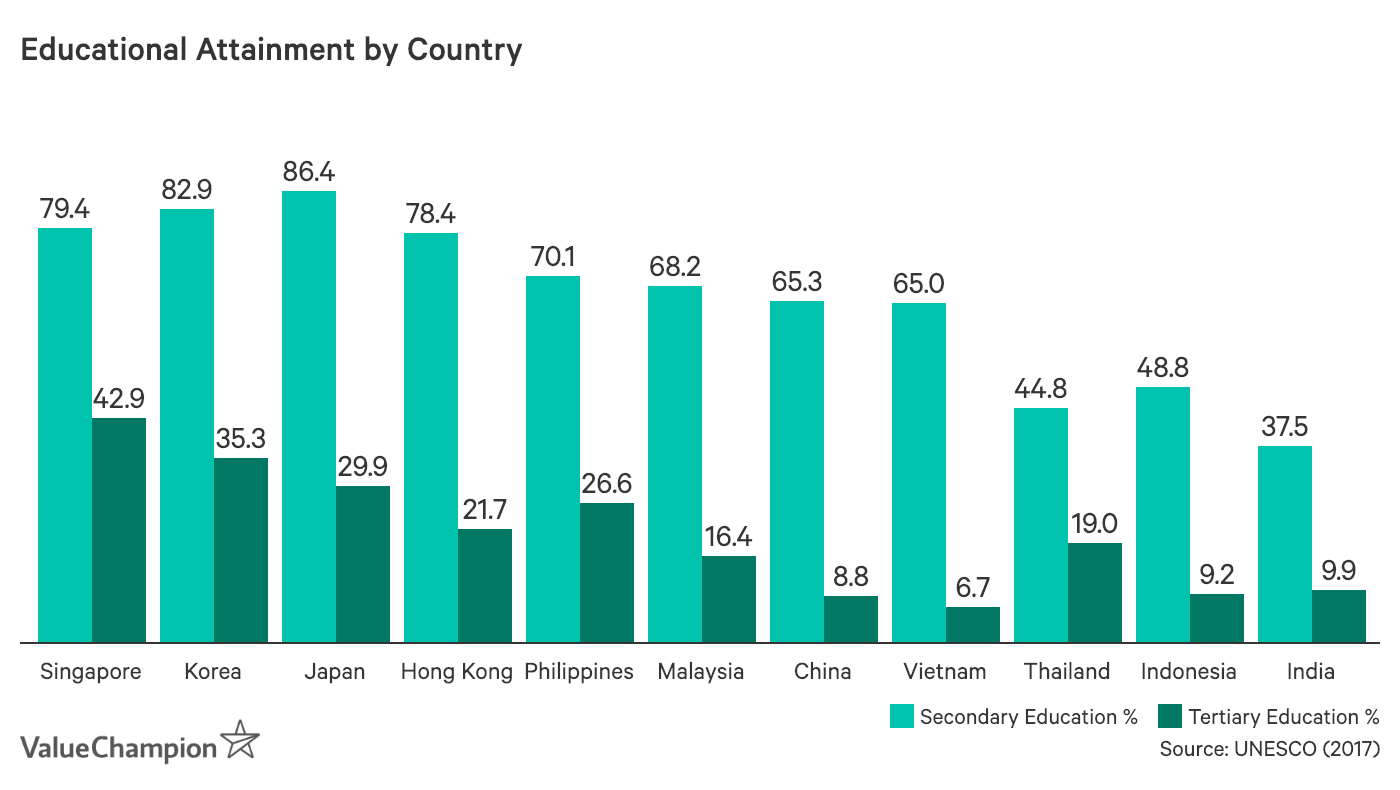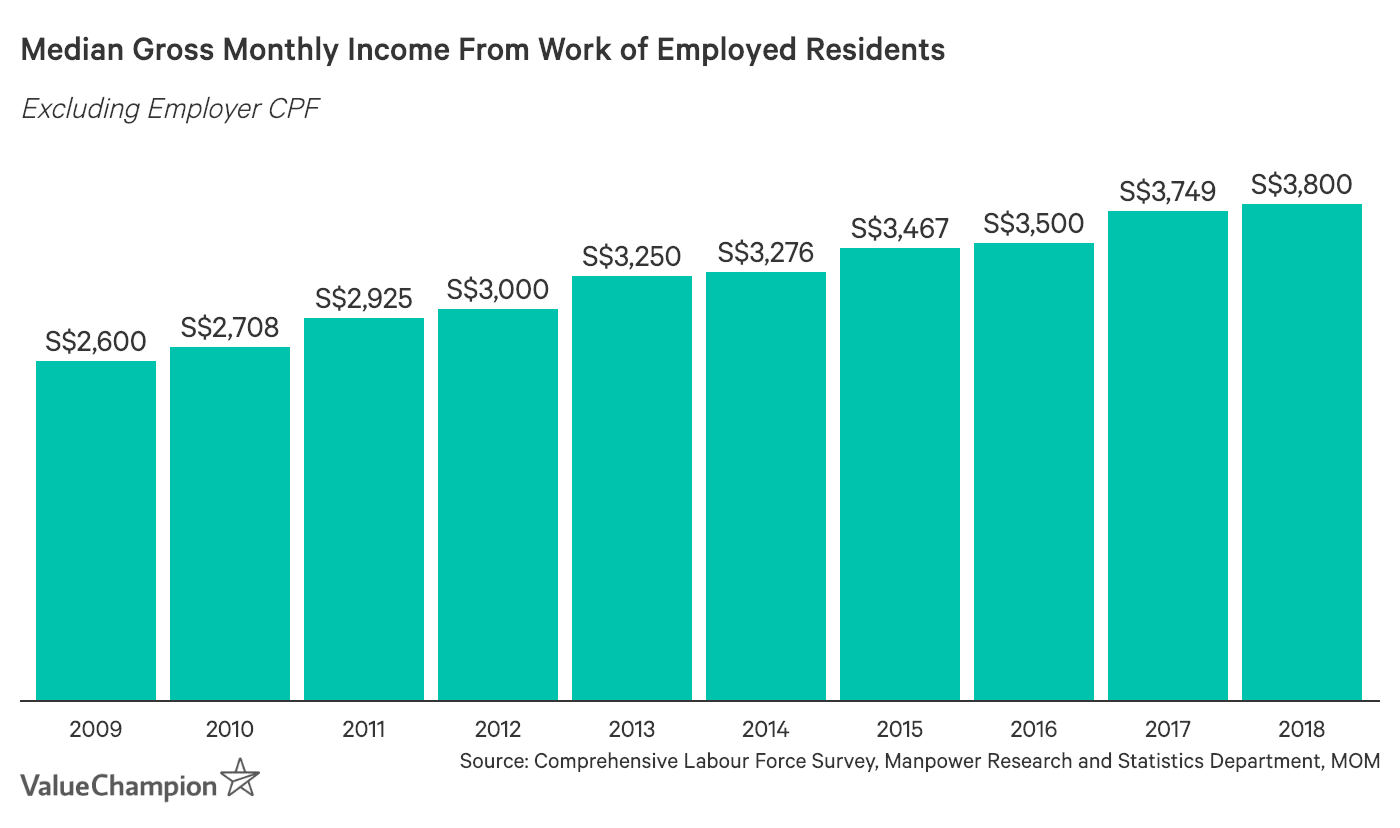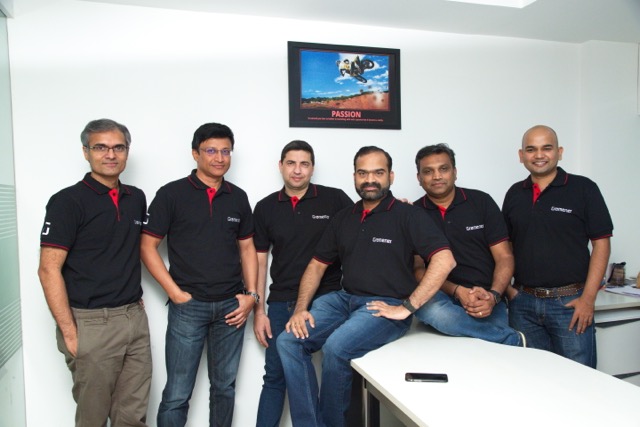U.S. President Donald Trump on Tuesday night said that he will hold his second meeting with North Korean leader Kim Jong Un in Vietnam in a two-day summit, February 27 to 28.
Trump did not specify which city the summit will be held, but the public has considered Hanoi or Danang as prospects.
Trump made the announcement during his State of the Union address on Congress.
“If I had not been elected President of the United States, we would right now, in my opinion, be in a major war with North Korea with potentially millions of people killed,” Trump said.
“Much work remains to be done, but my relationship with Kim Jong Un is a good one,” he continued. “Our hostages have come home, nuclear testing has stopped, and there has not been a missile launch in more than 15 months.”
One of Trump’s agenda in the upcoming summit is to persuade Kim to give up North Korea’s nuclear weapons.
“As part of a bold new diplomacy, we continue our historic push for peace on the Korean Peninsula,” said Trump in the address.
Last 2017, Trump made a threat that he will make a rain of “fire and fury like the world has never seen” on North Korea. But last June 2018, Trump and Kim met in a summit in Singapore where they had negotiations about peace.
Trump looks forward to the second summit despite North Korea’s lack of concrete plan with regards to its “denuclearization.”
According to Reuters, the presidential Blue House of South Korea said it welcomes Trump’s plan for the summit.
“The two leaders already took their first step in Singapore toward shaking off their 70-year history of hostilities. Now we hope that they will take a step forward for concrete, substantive progress,” said the Blue House spokesperson Kim Eui-kyeom in a news briefing.
On the other hand, the National Intelligence Director Dan Coats said last week that intelligence officials do not believe that Kim will surrender North Korea’s nuclear weapons anytime soon. These weapons are the key to the survival of its administration. Satellite videos showed that North Korea continues to manufacture nuclear weapons in its factories.
Last year, North Korea released its political American detainees.
Vietnam as the most strategic geo-location for the summit
Vietnam has been viewed as the best location to conduct the second summit between the two leaders. It is a communist country with capitalist leanings and also has good ties to both the U.S. and North Korea.
In an analysis by AFP as published in Channel NewsAsia, it said Vietnam has many qualifications. For Kim, Vietnam is a short flight from Pyongyang. The communist country has also a tight security system, in which access for media and crowds are controlled.
Aside from that, diplomatic ties between Vietnam and North Korea date back to the 1950s.
This will be Kim’s first visit in Vietnam, an opportunity for him to learn about its post-war situation.
“(Kim) would be interested in seeing the Vietnam story for himself, that can be a good source of inspiration and reflection for him to think about the way he should take North Korea forward,” Le Hong Hiep, Vietnam expert from ISEAS-Yusof Ishak Institute in Singapore, said in an interview with AFP.
Vietnamese people in general expressed delight toward the upcoming summit.
“Our country now has a new position and the world trusts us,” Pham Van Thau, a communist party member, said in an interview with AFP. “The summit will help the world understand more about Vietnam.”
Others believe that the visit could boost Vietnam’s prestige and potentially expand its tourism.
“We have a chance … to show everyone that Vietnam is a beautiful country and that the Vietnamese are friendly,” said Nguyen Hong Nhung, a masters student.




















